Camber, rocker, and sidecut. When we design skis, these 3 elements dictate a vast amount of a ski’s performance and feel on snow. Along with waist width, these attributes will play heavily into the feel of a ski's performance.
Instead of using terms like “powder ski” or “all-mountain ski,” I’ll describe different attributes of a ski and what they’re good for. All skis are basically a mix and match of these characteristics — finding the ideal mixture is up to you. At the end of the day, there is no perfect ski, but we can get close.
1. Camber

What does camber mean? Camber is how much the ski arcs upward in the middle when laid on a flat surface.
Why does ski camber matter? Camber affects our weight distribution, impacting our skis’ stability and turns. Without camber, your weight sits right under your feet. This means the ski’s edge is most effective underfoot and becomes progressively less effective through the end of the ski. When a ski is cambered, your weight is more evenly distributed throughout the ski, offering more stability along the ski’s edge.
What are camber skis good for? The more camber a ski has, the better it grips on groomed trails. Camber essentially dictates how much energy we can drive into our turns. On groomed runs, this is great – skis with more camber tend to feel more responsive than skis with less camber. In softer snow, on the other hand, a cambered ski may be harder to turn. This is because your weight is distributed along the length of the ski, making it harder to 'dis-engage' your edges when not on firm snow.
2. Rocker (Early Rise)

What does rocker mean? Rocker (also sometimes called “early rise”) is the exact opposite of camber. Think of the shape of a rocking chair’s base. Instead of a chair with a flat base, the base is "rockered," enabling it to literally "rock" back-and-forth.
Why does ski rocker matter? The more rocker a ski has, the more it will naturally float in soft snow. The lift in the tips (front) and tails (back) of the skis means less of the ski makes contact with the snow. Without camber, this lifted effect is even more pronounced, since most of your weight sits right under your feet.
What are rocker skis good for? Compared to a full-camber ski, a rockered ski will float and turn more easily in fluffy snow. At the same time, it’ll have less grip on groomed trails because more of the edge is suspended off the snow.
When it comes to turns, a ski with rocker tends to be more forgiving. This means you might have an easier time plucking your way through the trees, but you’ll miss some of that snappy turning – "grip ‘n rip" – feeling you get with a full-camber ski.
What’s the difference between rocker and early rise? Early rise is generally considered a mild form of rocker. Typically, wider skis have more pronounced forms of rocker, while narrower skis have milder forms of rocker. For example, I would say many powder skis wider than 110mm underfoot are “rockered” whereas most skis in the 90-108mm range have “early rise,” which is just less aggressive rocker.
Are there skis that have both camber and rocker? Skis can have both camber and rocker. In fact, most modern skis have a combination of both. The combination increases the level of versatility of a ski in softer snow, while also maintaining greater stability on groomed runs.
Just remember — there’s always a bit of give and take. You can’t have the full grip of a camber ski and the full float of a rockered ski in one package. Imagine what you’re most likely to ride, and favor the ski characteristics that match those conditions.
3. Sidecut (Radius)

What is sidecut? Sidecut is a skier’s term for how quickly a ski will turn. You might also hear the word "radius" to describe a ski’s sidecut.
Mathematically, "radius" describes the distance from the center of a circle or ellipse to a point on its circumference. So how does this apply to skis? All skis are designed using a circle (or “radius”) to define its sidecut.

The lower the radius number, the smaller the circle and the “snappier” or "quicker turning" the ski will be. The higher the number, the more stable it will be when making larger, arcing turns at speed.
Sidecut ranges — and what they’re good for
- Less than 14m — Ideal for slalom racers, who make super tight, short turns.
- 14 - 15m — Great for carving on trails, even when mixed with a little rocker/early rise.
- 16 - 19m — Usually no longer considered a “carving” ski. Can still perform on groomed trails, but generally seen in skis specifically designed for a wider range of snow conditions, especially off-trail.
- 20 - 22m — Typically freeride or powder skis. You’ll need higher speeds to carve well on a groomed trail.
- More than 22m — Big mountain, large open bowls at high speeds. Emphasis on BIG mountain.
Got questions? We’ve got answers.
Take a breather – that’s a whole lot of info to digest. If you’re still figuring out which ski profile is *the one* and need someone to bounce ideas off of, check in with us. Our team is happy to be your sounding board.
While rocker, camber, and sidecut are some of the most important characteristics to consider, they’re not the only ones. Do you need a stiff ski or soft ski? What about a wide ski or narrow ski? Our How to Pick the Right Ski blog series can help you find the answer.


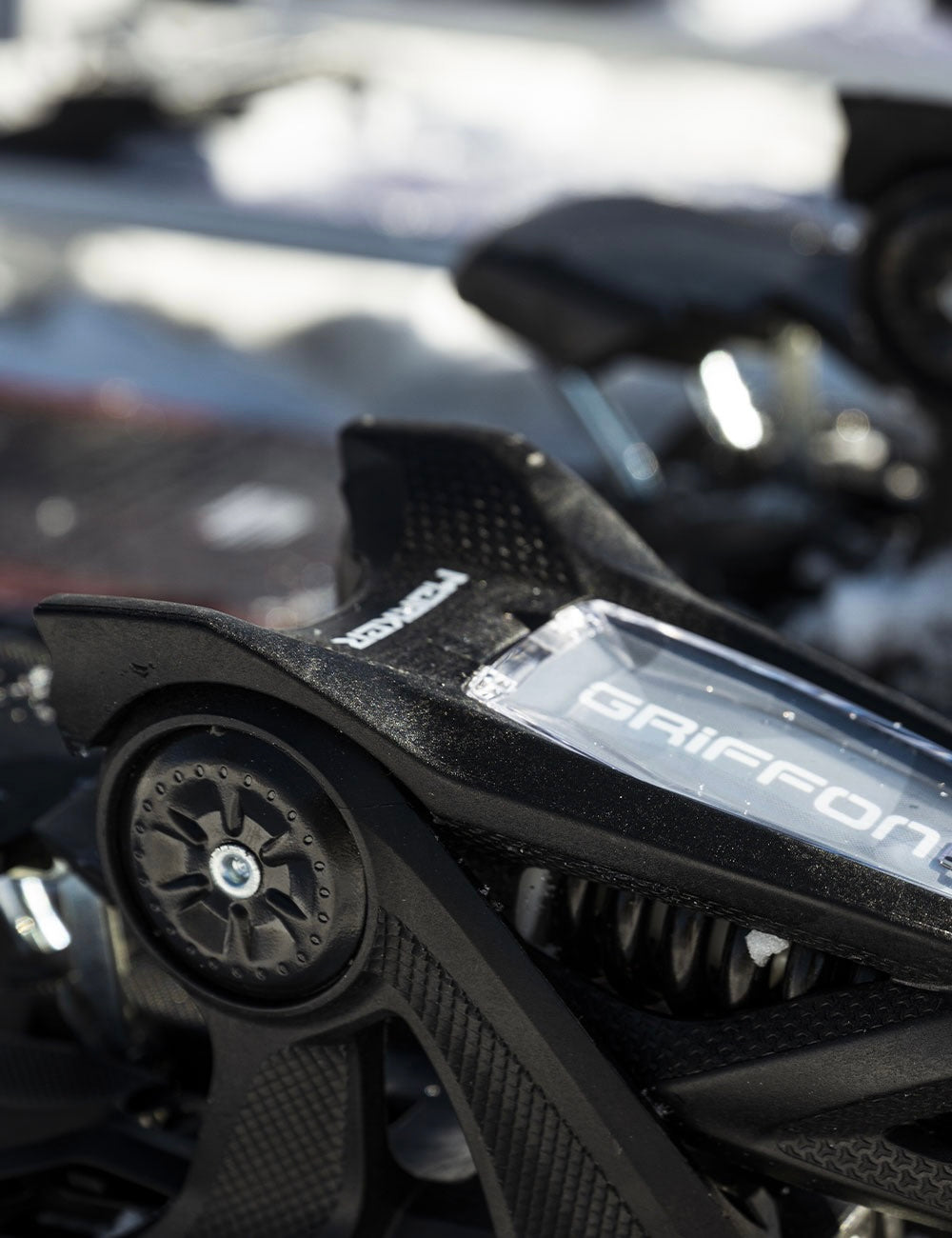
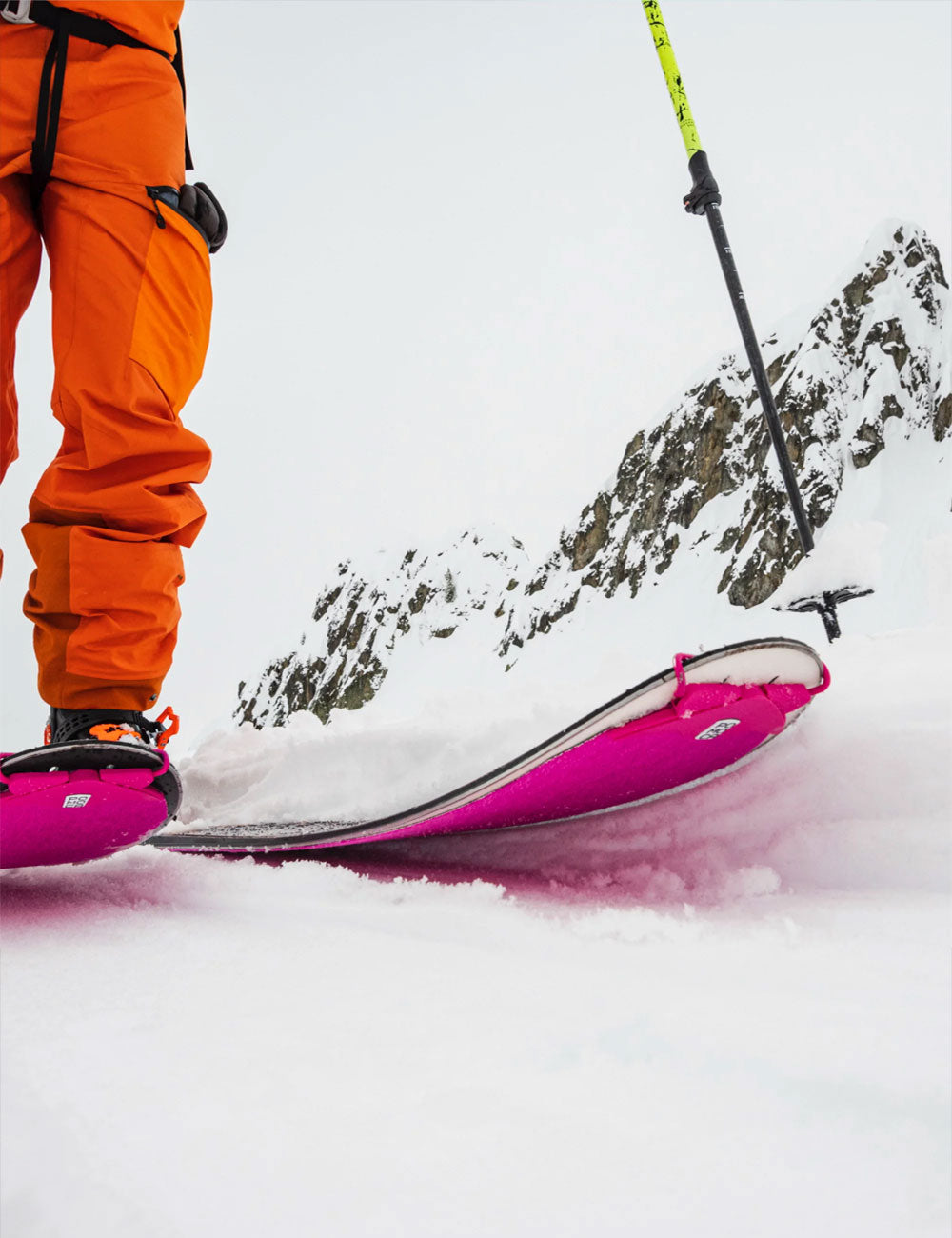
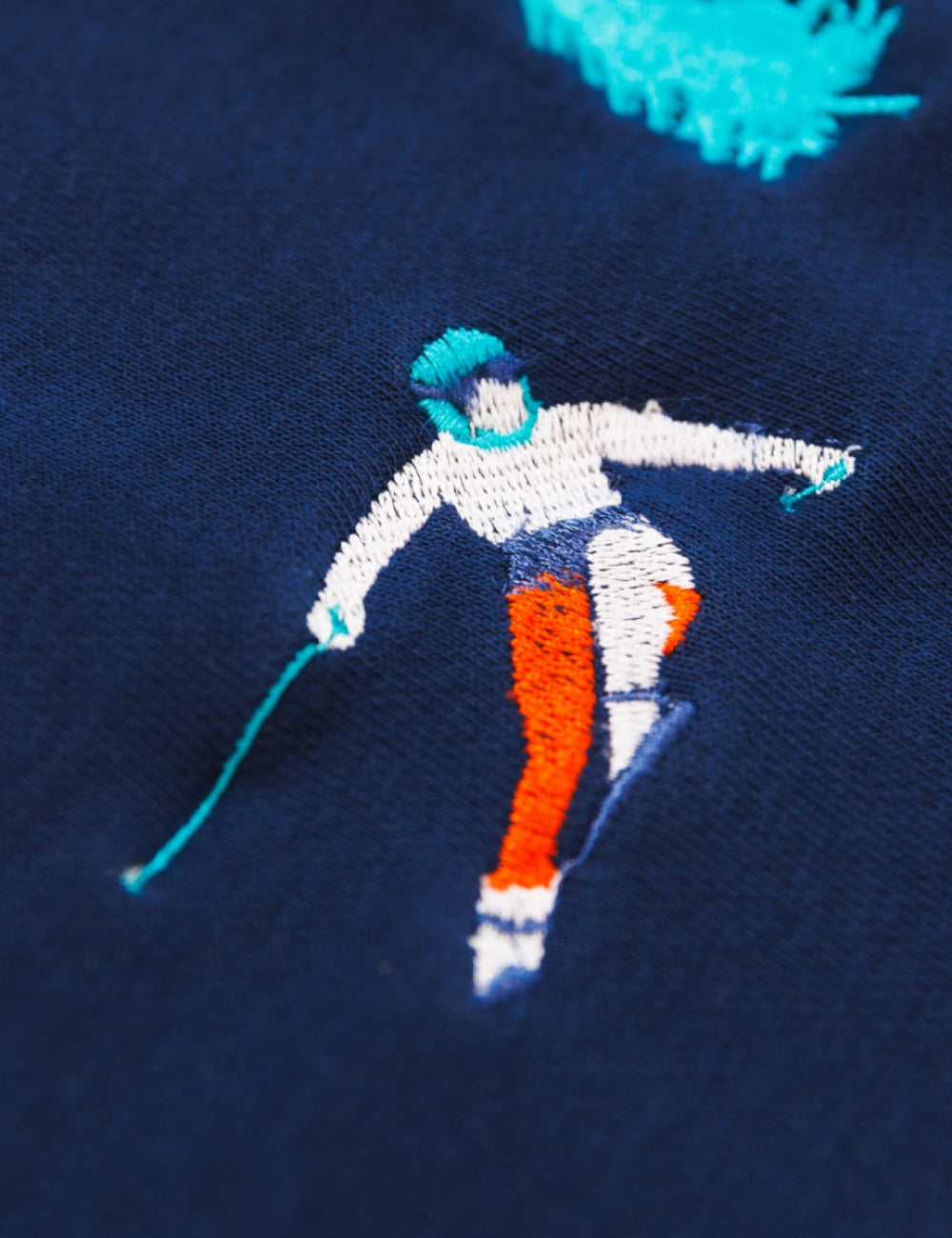
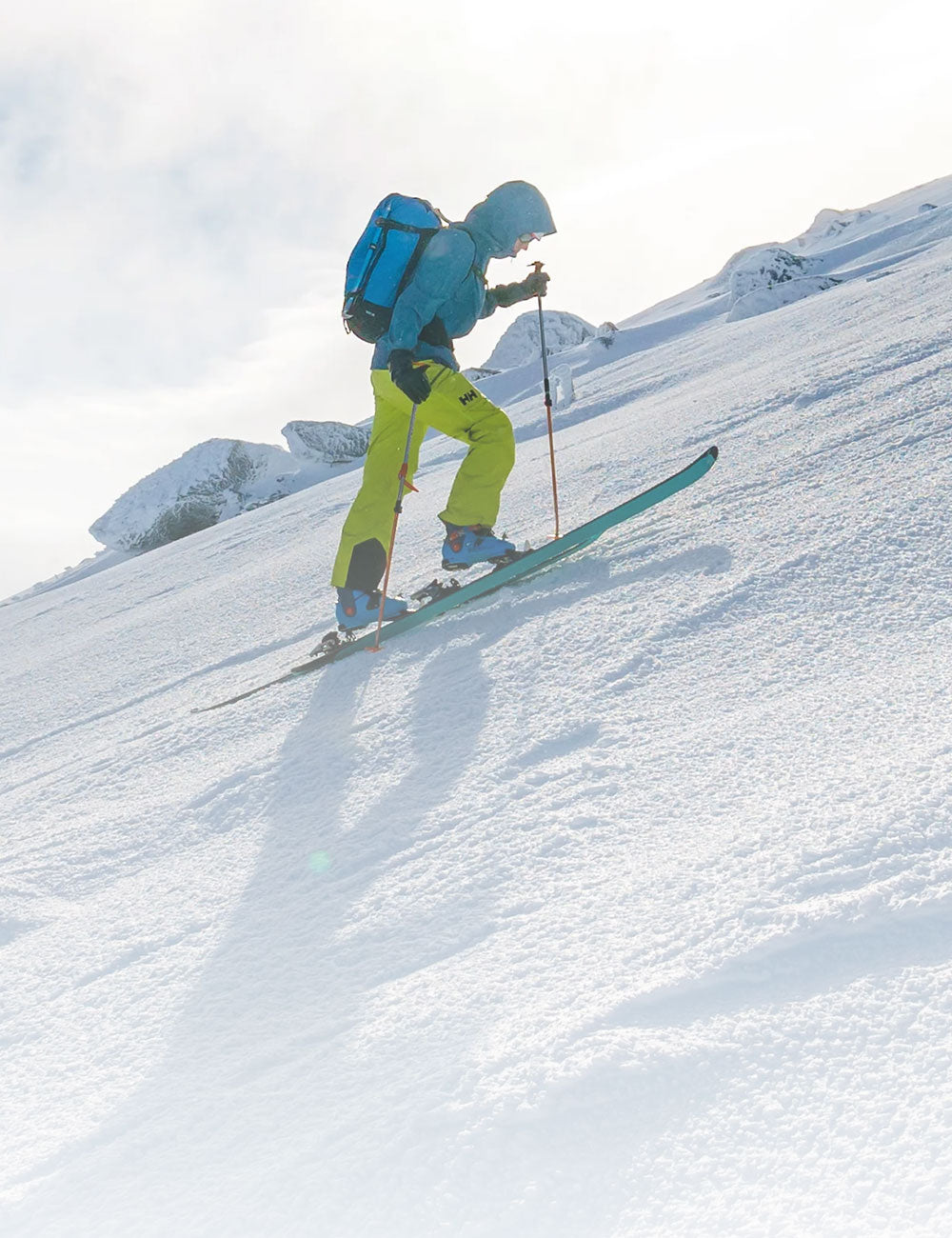
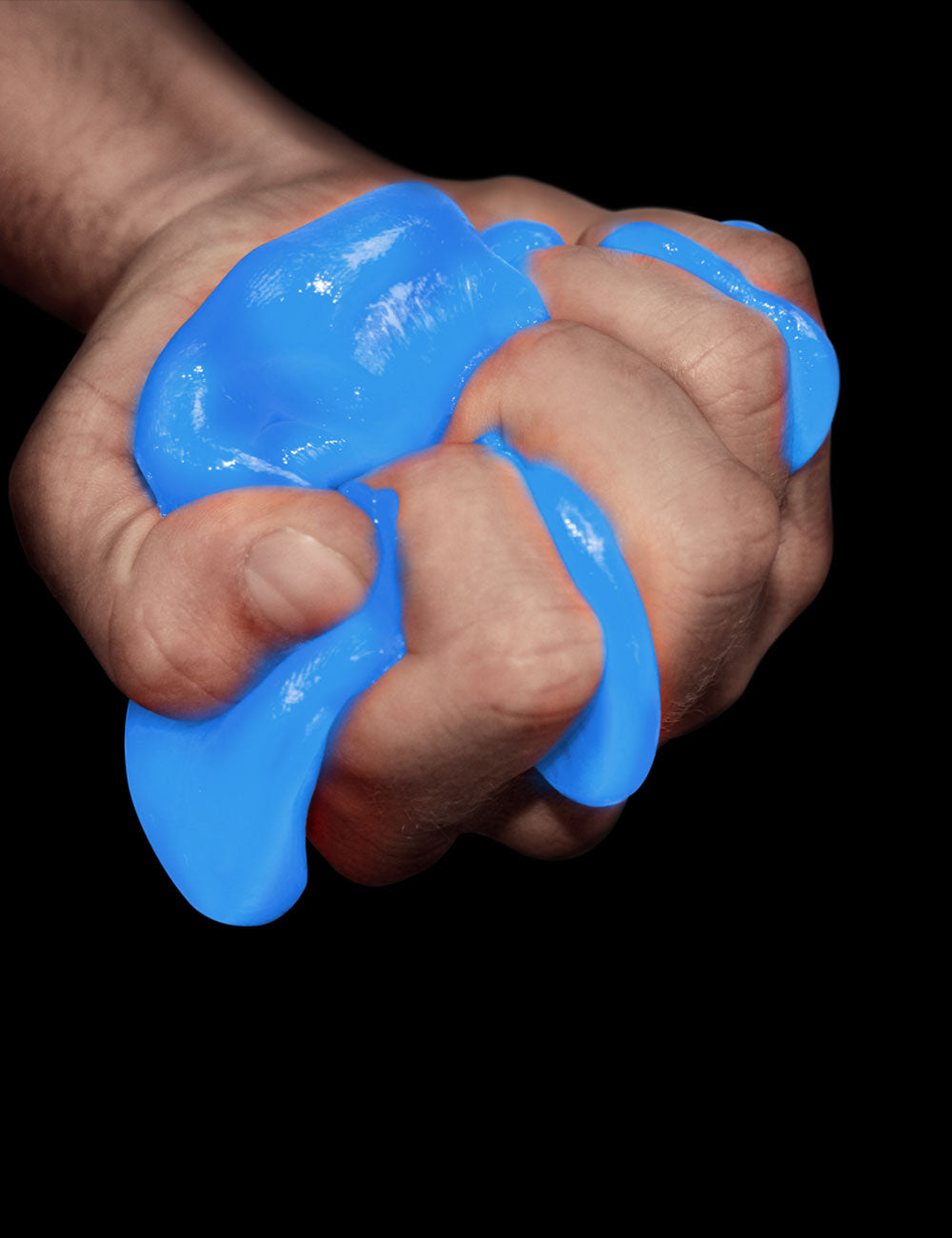
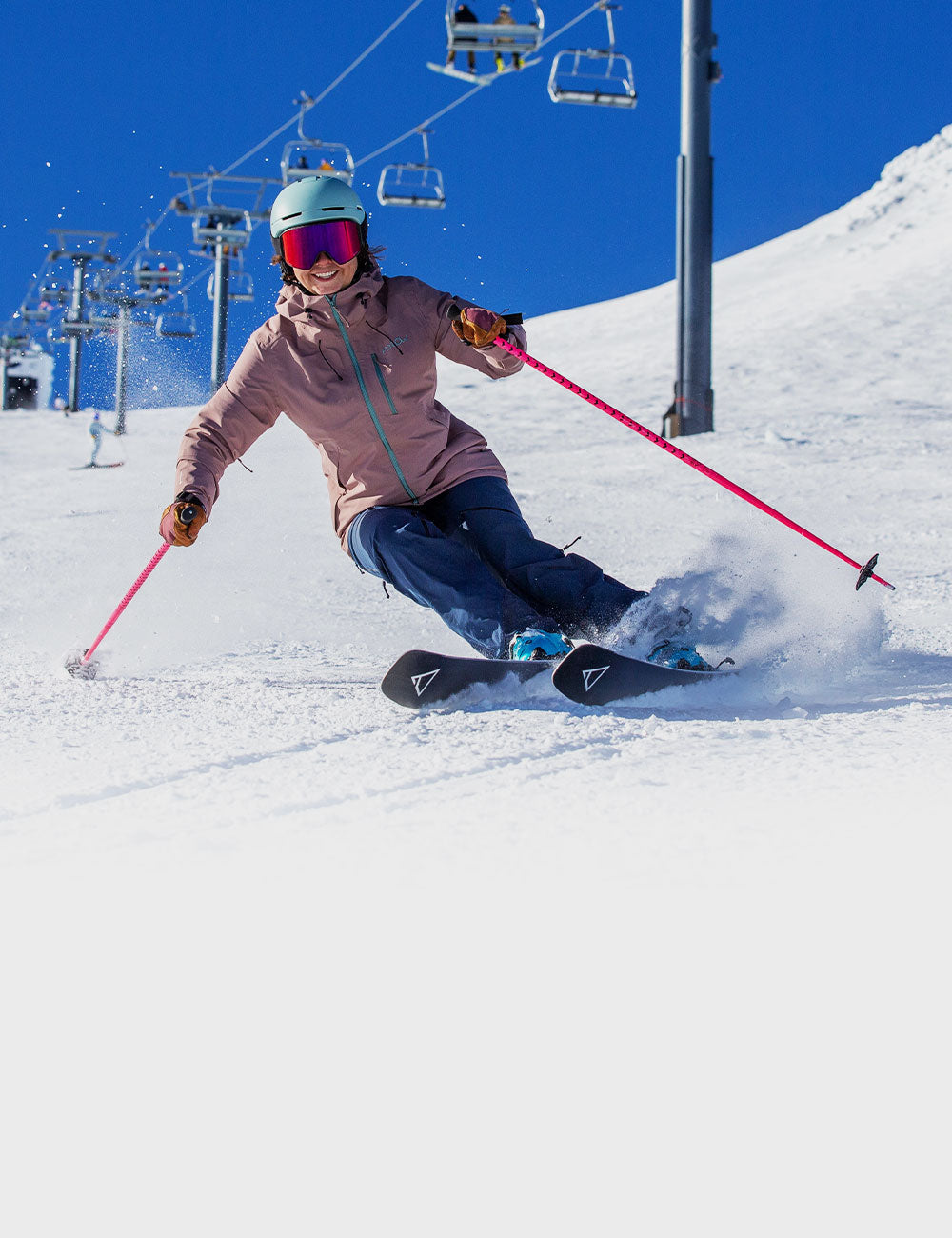



Leave a comment
This site is protected by hCaptcha and the hCaptcha Privacy Policy and Terms of Service apply.